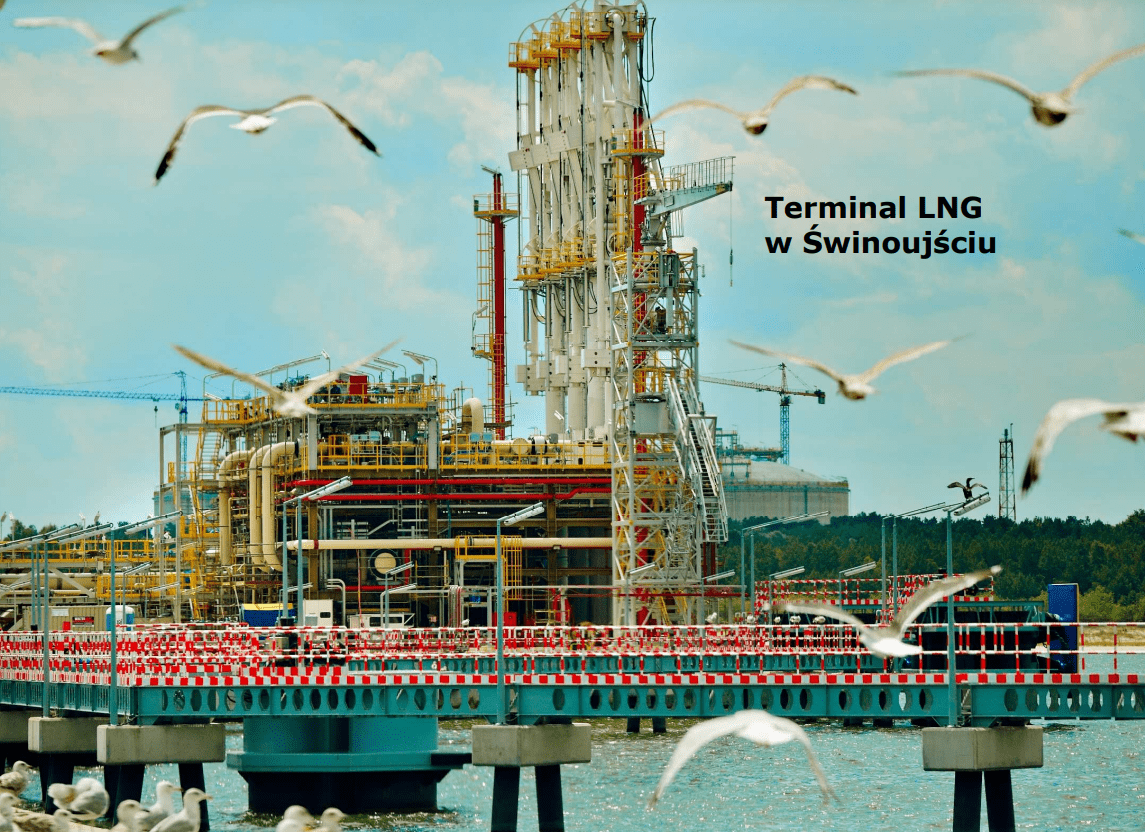
Poland’s gas supply security has improved thanks to significant investments co-financed by the European Regional Development Fund (ERDF). These include projects such as the liquefied natural gas (LNG) terminal in Świnoujście. The Connecting Europe Facility (CEF) made related investments in transmission pipelines and new connections with Lithuania, Slovakia and Norway.
The LNG terminal project received an ERDF grant and funds from the EU Recovery Programme.
From 2014 to 2020, ERDF co-financed an additional increase in the capacity of the LNG terminal with an additional storage tank and re-gasifiers. After this LNG extension, Poland will be able to import almost 33 % of its gas demand by sea from the US, Qatar or other LNG producers.
In addition, ERDF supported gas pipeline projects. More than 1 000 km of transmission pipelines supported by the ERDF were modernised or built by the end of 2015, the largest investment plan in the gas transmission network in decades.
The modernisation of the gas transmission network was further supported by the ERDF between 2014 and 2020. An additional 571 km of the gas network will be upgraded or will be newly built. Some of the gas transmission projects have already been completed.
In addition, Poland is by far the largest beneficiary of the CEF in the energy sector, with over EUR 920 million (over PLN 4 billion) in the last five years for gas and electricity projects. The projects contribute significantly to supply security by diversifying and increasing the import capacity of gas. These include the Poland-Lithuania GIPL interconnector (recently opened), the Baltic Pipe pipeline (Poland, Denmark and Norway), and the Poland-Slovakia interconnector (opening very soon).
In addition, EU cohesion policy funds financed the construction and expansion of four underground gas storage facilities from 2007 to 2013, contributing to a total increase in active gas storage capacity of 1 024 million m³, an increase of one-third of the storage capacity at that time.
The funding demonstrates that the EU’s contribution is crucial to developing Poland’s gas transmission network and improving the diversification of the gas market and the storage of gas.
Security of electricity supply
The EU financed Poland’s electricity connections (Lit-Pol Link) with the Baltic States in order to make these countries independent of the Russian system. In the financial period 2007-2013, Poland built the Lit-Pol Link electricity interconnections as part of the electricity interconnection network around the Baltic Sea.
The Lit-Pol Link consists of the construction of four transmission lines with a total length of about 400 km. The project has put in place network infrastructure allowing access to around 500 MW on the cross-border interconnection with Lithuania. ERDF’s contribution to the project amounts to about EUR 200.5 million.
In line with the political action plan agreed by Poland, Lithuania, Latvia, Estonia and the Commission for the synchronisation of the Baltic States, a new high-voltage submarine cable (Harmony Link) connecting Poland and Lithuania will be built as a solution. The Commission supports the Baltic States politically and financially in achieving their objective of operating their electricity system independent of Russia’s systems. Harmony Link has received CEF funding and its construction is still under way. The project is planned to begin operations by 2026 and will double capacity to 1 000 MW.
Investments from cohesion policy in electricity grids amount to around EUR 400 million for 2014 to 2020. Investments in electricity networks aim at improving the security of the electricity supply (transmission and distribution networks and smart grids). The high-voltage power line Krajnik-Baczyna-Plewiska project, which is connected to the German electricity system, deserves attention.
Find out more:
Wsparcie UE (Polish)
Połączenie elektroenergetyczne Polska-Litwa (Polish)
Wsparcie z UE (Polish)
Informacje o projektach (Polish)